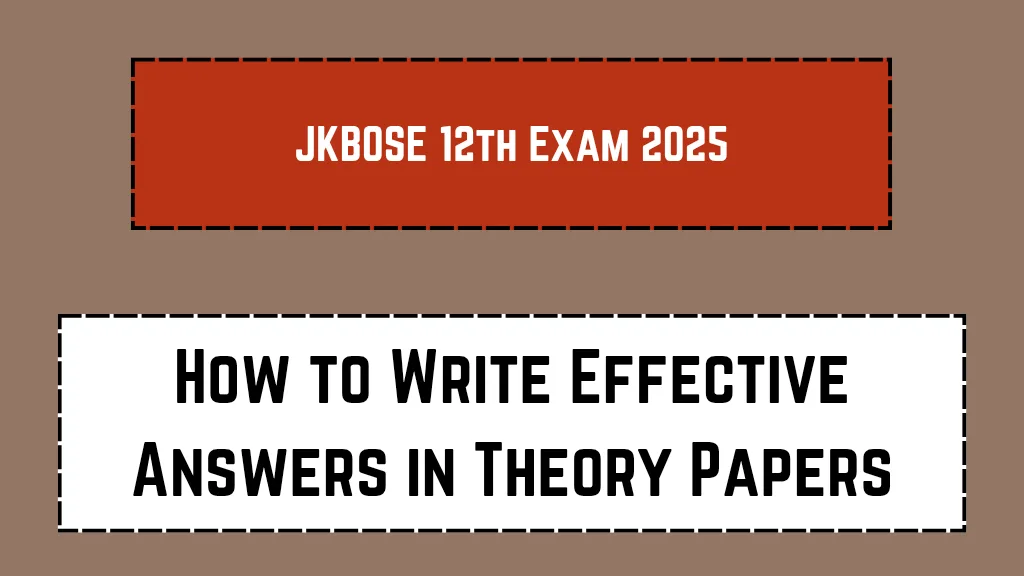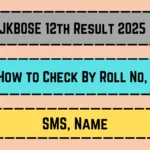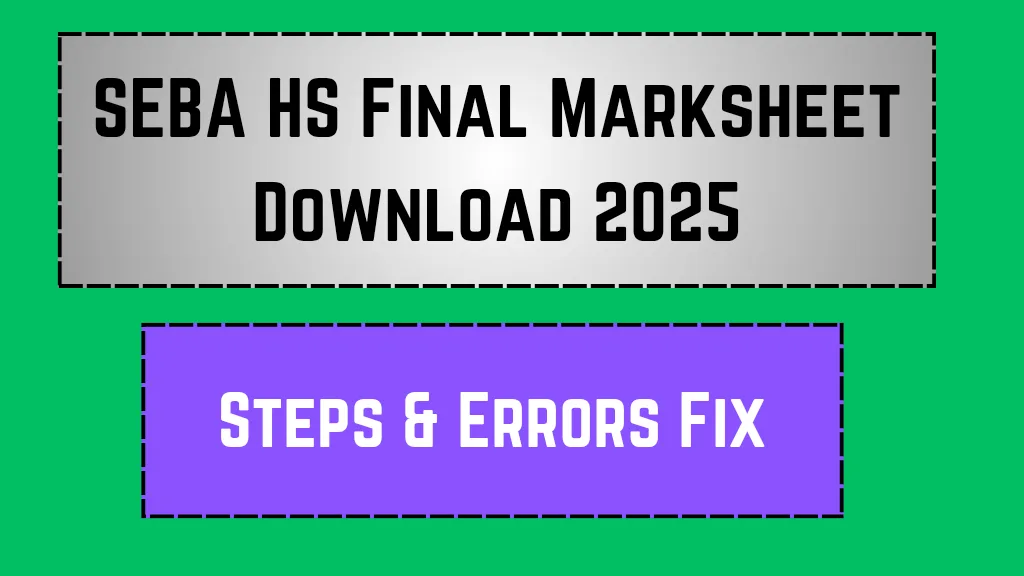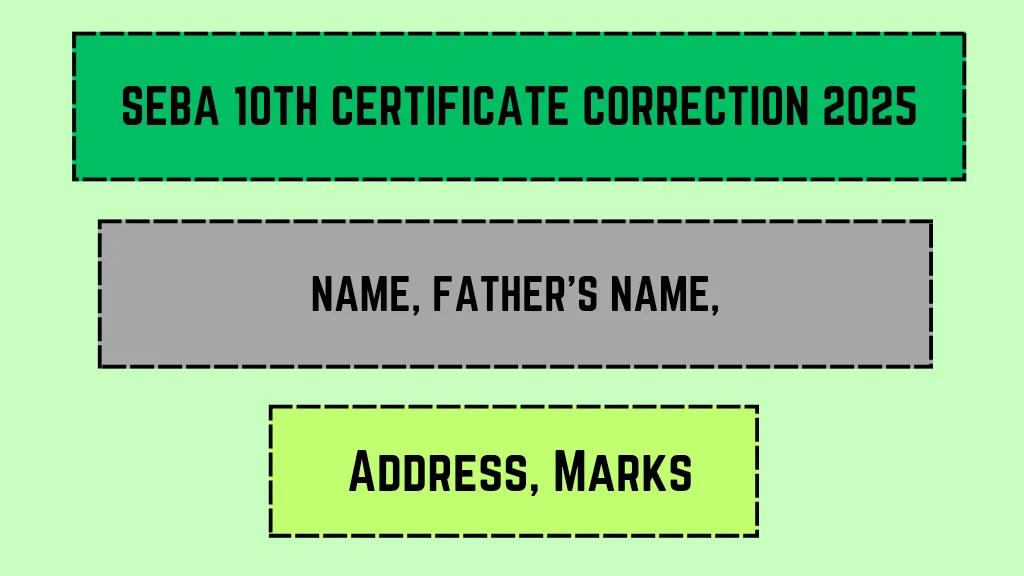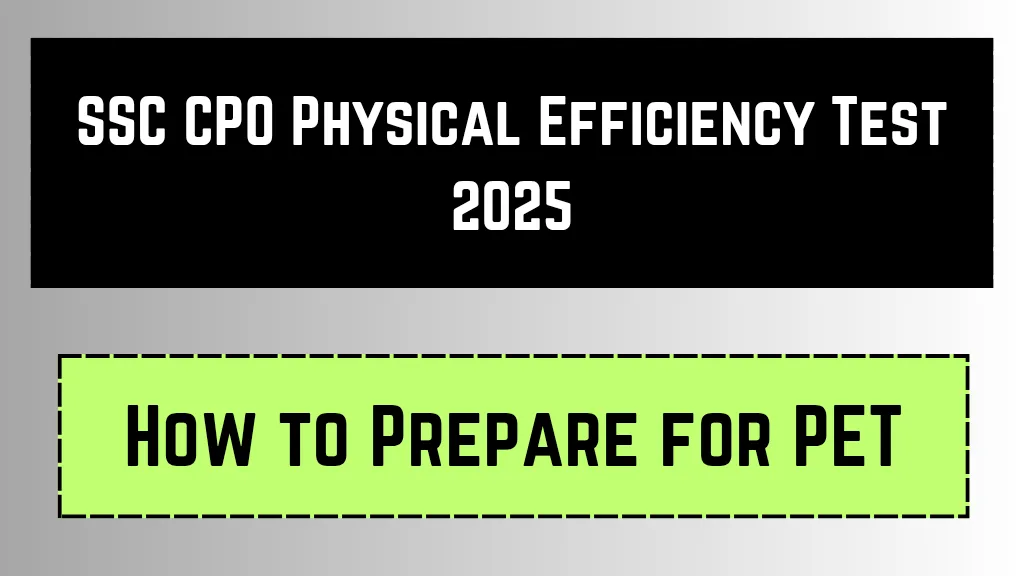The JKBOSE 12th exams are a critical milestone for students in Jammu and Kashmir. With theory papers making up a significant portion of your final score, mastering answer-writing techniques is essential. This guide breaks down actionable strategies to help you structure answers, manage time, and avoid common mistakes. Whether you’re tackling science, commerce, or humanities, these tips will boost your confidence and improve your results. Let’s dive in!
Key Highlights 🔍
| Aspect | Details |
|---|---|
| Organization Name | Jammu and Kashmir Board of School Education (JKBOSE) |
| Exam Dates | Tentatively March-April 2025 (Check updates on the official website) 🗓 |
| Answer Sheet Structure | Pre-printed sheets with space for roll number, subject code, and answers |
| Last Date for Admit Card | Usually released 2-3 weeks before exams (Stay alert for notifications!) |
| Marking Scheme | Theory papers carry 70-80% weight, varying by subject |
| Word Limit Guidance | Follow instructions (e.g., “Answer in 50 words” vs. “Long answer”) 📝 |
| Critical Keywords | Underline terms like “define,” “explain,” or “compare” |
| Official Website | jkbose.nic.in (For updates, syllabus, and notices) |
Understanding the Exam Pattern �
Before writing answers, familiarize yourself with the JKBOSE 12th exam pattern:
- Theory papers are divided into sections (A, B, C) with varying mark allocations.
- Questions range from 1-mark MCQs to 5-mark long answers.
- Allocate time based on marks: Spend 1–2 minutes per mark (e.g., 10 minutes for a 5-mark question).
Time Management Tips ⏳
Effective time management can make or break your performance:
- Scan the paper first: Identify easy questions and tackle them early.
- Set milestones: Divide your time between sections (e.g., 40 minutes for Section A).
- Keep buffer time: Reserve 15 minutes for revision and correcting errors.
Structuring Your Answers 📑
A well-structured answer grabs the examiner’s attention. Follow this framework:
1. Introduction (For Long Answers)
Start with a brief definition or context. Example:
“Global warming refers to the gradual increase in Earth’s temperature due to greenhouse gases.”
2. Body
- Use bullet points, diagrams, or tables if allowed.
- Highlight key terms like “carbon emissions” or “ozone layer.”
3. Conclusion
Summarize your answer in 1–2 lines. Example:
“Thus, reducing fossil fuel usage is vital to combat climate change.”
Using Diagrams and Examples 🖍️
Visual aids can boost your marks:
| Subject | When to Use Diagrams | Example |
|---|---|---|
| Biology | Labeling human anatomy or processes | Diagram of the human heart ❤️ |
| Geography | Drawing maps or climate graphs | Rainfall distribution chart 🌧️ |
| Economics | Illustrating demand-supply curves | Graph showing price elasticity 📈 |
Common Mistakes to Avoid ❌
Students often lose marks due to these errors:
| Mistake | Solution |
|---|---|
| Writing irrelevant content | Stick to the question; avoid over-explaining |
| Poor handwriting | Practice neat, legible writing 🖋️ |
| Ignoring instructions | Follow word limits and section-wise orders |
Revision Strategies 🔄
Revise smarter, not harder:
- Create flashcards for formulas, dates, and definitions.
- Solve past papers to identify weak areas.
- Group study to discuss complex topics with peers.
Staying Updated 📢
JKBOSE occasionally updates exam guidelines. Bookmark their official website jkbose.nic.in for:
- Admit card releases
- Last date for revaluation requests
- Changes in exam centers or timings
By combining these strategies with consistent practice, you’ll be well-prepared to ace your theory papers! 🚀
Meera Patel is an education consultant specializing in exam results and admit cards. With a Master’s in Education and 6+ years of experience, Meera loves helping students achieve their goals. She enjoys reading and practicing meditation.

